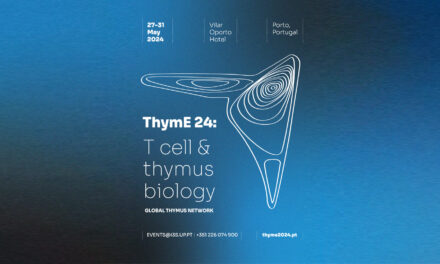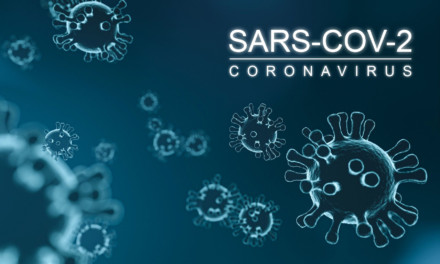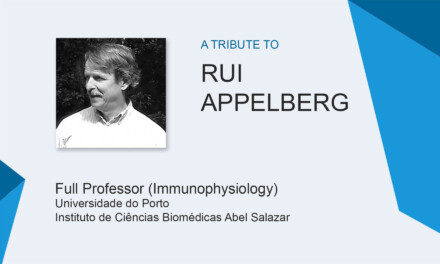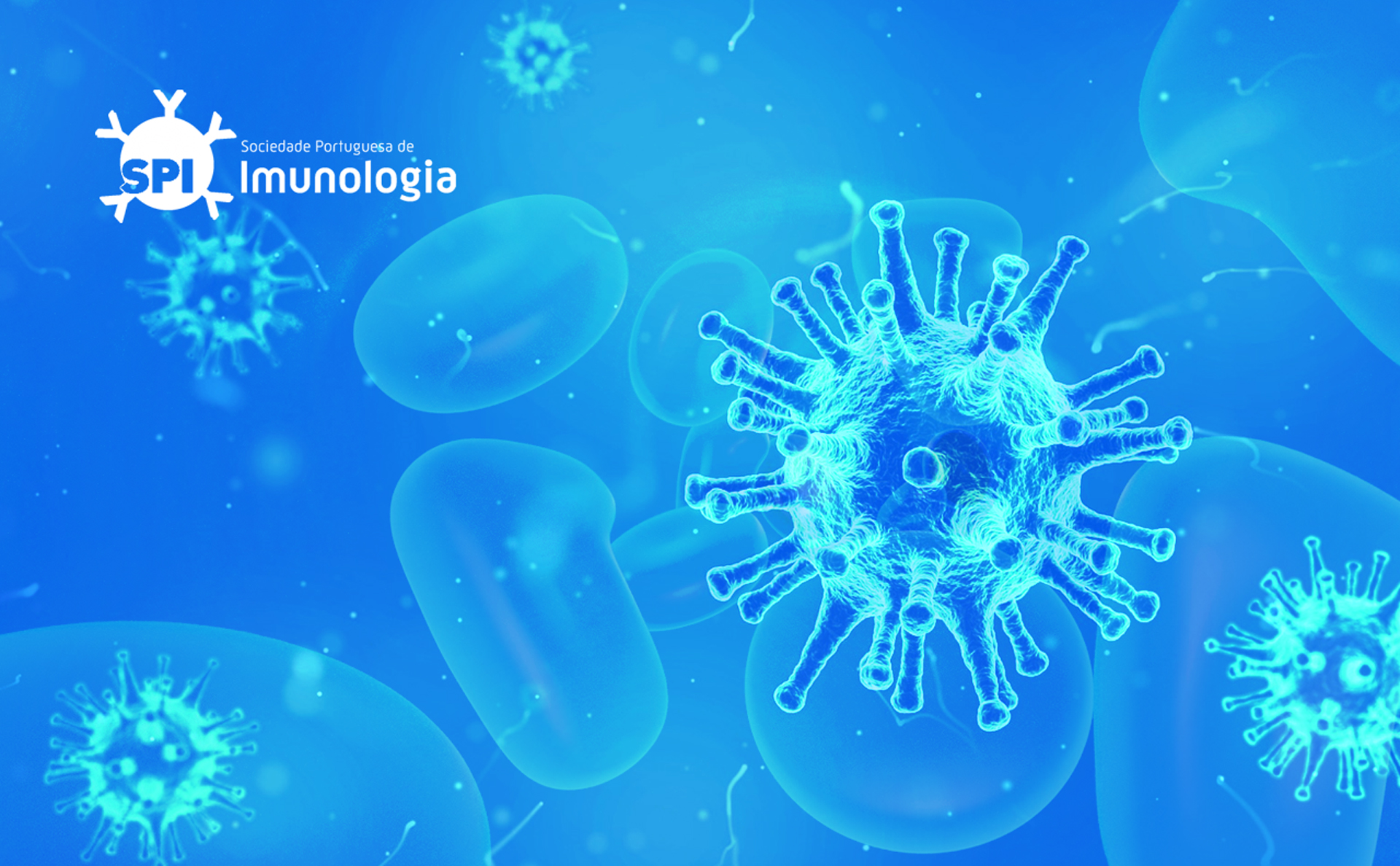TRIBUTE TO MICHAEL PARKHOUSE
(Former President of the SPI)
by JONATHAN HOWARD (Former IGC Director)
Welshman, musician, actor, joker, scientist: Mike Parkhouse, died on October 1st aged 87
Born in London to schoolteacher parents of Welsh stock just in time for the Second World War, like thousands of other London children in those dark days Mike was evacuated from the city, in his case to a Welsh coal-mining valley where his Welsh grandparents still lived. From then on, until his death, Mike has been a Welshman. He took advantage of the first-class education available at no charge in the national grammar school system and on to University at King’s College London. There he graduated in Zoology, which stimulated an interest in host-parasite interactions that flowered in the second half of his career. He went on to a PhD at the Royal Postgraduate Medical School in Hammersmith Hospital, London. There followed 5 years in Southern California, first at the Scripps Clinic (now Institute) with Dick Dutton, whom he had met at RPMS, then close by at the Salk Institute with Ed Lennox. All this time he was developing biochemical skills and understanding in the challenging field of immunology. Now with a research background in a series of exciting laboratories he returned to the UK in 1967 to take up an independent staff position in the National Institute of Medical Research at Mill Hill (NIMR) in the Immunology Division with John Humphrey (and later Brigitta Askonas) as Head. There, among much else, Mike did important work on the in vitro biosynthesis and assembly of IgM, the 900kDa large pentameric immunoglobulin that defines the first stages of the antibody response. In particular he showed that the then recently discovered orphan J chain was responsible for the pentamerization of IgM and the dimerization of IgA (PMID: 4205353), a major discovery. Again, in !974, with Erika Abney, he was the first to show that the enigmatic immunoglobulin isoform, IgD, was present with IgM on the B cell surface (DOI: 10.1038/252600a0) another classical finding. Mike spent over 20 years at NIMR, collaborating widely and publishing in many areas of immunology, but focusing on the properties, structures and functions of the different antibody classes. In 1987 Mike was recruited as the first Director of a new planned research institute in Spain, the Centro Nacional de Biotecnologia. He took the first year as a sabbatical from NIMR, and a second year with leave of absence, but returned to NIMR shortly after, disappointed by lack of vision and failure to deliver on promised work. Shortly after returning from Madrid, Mike was appointed Head of the Immunology Department in the Animal Virus Research Institute at Pirbright (later the Institute of Animal Health) directly funded by the Agricultural and Food Research Council. From here onward, Mike directed his research towards the relationship between immunity and disease. The AVRI was dedicated to the study of agriculturally significant animal viruses, and above all the economically devastating Foot and Mouth Disease Virus, FMDV. Mike applied his deep knowledge and understanding of immunology to the characterization of immune systems of cattle and pigs, surprisingly different from the mouse and human. He argued that understanding the complex biochemistry of virus-host interactions with the economically important Blue Tongue and African Swine Fever viruses of pigs would facilitate the design of effective vaccines. In 2000 Antonio Coutinho invited Mike to join the IGC, which at that time was beginning to mature from being “only” the home of the world’s most innovative PhD programme to becoming a free-standing research institute in its own right. Building on his experience at Pirbright and on increasing contacts and collaborations with the Spanish-speaking world, Mike continued his work on the pig viruses, both abundant in Spain and Spanish South America, making several significant discoveries. But perhaps the most important work that he did while at IGC, in collaboration with colleagues in Mexico, was the development of a clinical lateral flow test to detect neurocysticercosis, a terrible debilitating disease common in impoverished environments in the tropical Americas, when the infective tapeworm larva develops in the nervous system. This cheap and non-invasive test (PMID: 23505587) beats MRI in diagnosing the most dangerous form of the disease, when the parasite develops in the sub-arachnoid space. Another paper on a novel viral inhibitor of Toll-like receptors was published earlier this year (https://doi.org/10.3390/v15020445). During his time at the IGC Mike was elected President of the Portuguese Society of Immunology, and his last visit to Portugal, in March this year, was to join the 50-year anniversary celebration of the Society in Aveiro.
So much for the science. But Mike was much more than that. Early in his UK phase he was an accomplished jazz trumpeter in a near-professional group, with an enviable natural musical aptitude that led him to composition as well as performance although he never learned to read music. He was also an accomplished near-professional actor with an effortless stage presence, whether it was Shakespeare or music hall. He was a fount of splendid idiotic jokes that flowed effortlessly whenever the context needed one, and in whatever wild regional accent he felt the joke needed (his favourite was Irish). I asked him once how on earth he remembered them all, to which he replied “I only remember the punch lines, the rest I just make up as I go along”. I never asked him how he remembered all the punch lines. Sociable and an enthusiast for talk, he created an informal dining club at the Pombalino restaurant in Oeiras and dinner often included the current IGC visitors and others who happened to be around. Politically, and true to his South Wales origins, Mike was an ardent activist on behalf of the Labour Party of which he was a lifelong member, a committed reader of the Guardian and Private Eye, from which during his recent medical absences he would send the choicest diatribes and political jokes for his friends to enjoy too.
Over the last years, we at the IGC have had to recognize that Mike was becoming ill with cancer. He would leave us for longer or shorter periods for the usual brutal therapeutic interventions. Each time he came back, perhaps a little thinner, but always the same Mike and with another manuscript in press. As he approached the end of his career, and as we now know, the end of his life, his scientific creativity was unchanged, his latest publication was published this year. His jaw-jutting determination and bravery was extraordinary. Nobody who was there will forget his last research talk, in the Ionians, when his anger at the inevitable finally boiled over. He movingly recited a tragic poem from another great Welshman, Dylan Thomas, with the words “rage, rage against the dying of the light”. In the last couple of years Mike’s absences from IGC became longer and his presences shorter. The last half year was his last and he died peacefully at home in London with his wife of 47 years, Erika Abney, on Saturday October 1, 87 years old.
by ANTÓNIO COUTINHO (Former IGC Director)
I knew Mike P. very well; first, for his excellent science in areas that were very close to my own, from before I even started; then, by all that I learned about him along the years from common friends; finally, when I had the pleasure of seeing him more often, I confirmed all that and discovered his unique human qualities; in addition, we shared many interests: B cells and antibodies, a passion for rugby (even if often in opposite sides), the concern with science in less developed countries, and many political views.
Sometime in the IGC’s phase when it was critical to “populate” the institution, I came to know that Mike was possibly approachable. He would be the perfect recruit, first for his values and principles, then by his experience in science that could guide many of the youngsters who were coming in the institute, and by the scientific projects he was pursuing as well. The problem was that I had nothing to offer him… but an FCT fellowship for visiting scientists, the level and duration of which were an embarrassment. Yet, Mike accepted to come and settle down in Oeiras, to become one of the pillars of the IGC for last 20 years or so, never complaining about the erratic and poor way in which his salary was paid. Moreover, I had not anticipated the critical role that Mike would then play in local science, notably in the Portuguese Society for Immunology.
It is clear to all of us, I believe, that Science would have a lot to gain from “more Mikes”, but his human and scientific quality, his bonhomie and joie de vivre, his generosity were so unique that we can only follow his example and very much regret that he is no longer with us. Thanks very much, Mike, for all you did for the IGC and for us all.
by VIVIAN LEITE DE OLIVEIRA (Former PhD Student)
Mike described me as an extremely lateral thinker, and he was right.
So, when I reflect on him, numerous thoughts come to mind.
Mike and I, both living far from our home countries, shared a common passion and dedication to science.
When I first started working with Mike, my proficiency in English was far from perfect. This must have been rather frustrating for him as a native speaker.
I’m deeply grateful to him for not only teaching me molecular biology from scratch, combined with classical experimental models in immunology, but also for introducing me to numerous English words, such as “Attic,” “Schedule,” or “Drawer.” I will always think of Mike when using these words.
One of the many things he taught me was the art of replying to reviewers in an elegant way. This guidance played a pivotal role in my growth.
I appreciate him for showing me “immunology as it truly is.” He transformed me from a romantic scientist into a pragmatic one.
His companionship, wisdom, and guidance were indispensable during the difficult journey to obtain my PhD at the IGC. Mike played a critical role in shaping me as a scientist. I enjoyed his sense of humor and have cherished memories of visiting his home in London.
I will remember him with love.













Mike was my first scientific mentor, and he was extraordinary! As a mentor and as a person.
Notwithstanding the age and career stage differences, Mike always welcome an informal hence, comfortable, conversation with his students.
I remember being at his office discussing results and strategies for the project and learning about so many things. Immunology, Virology, yes, but also history, Latin America, literature and about some great jazz players. He always had a story to tell.
I was no longer his student when, 5 years ago, I met him for the last time – once again at his office in Instituto Gulbenkian de Ciencia – to invite him for my PhD presentation and to offer him a hard-copy, hand-signed and dedicated version of my thesis. What could be a 10 minutes visit, turned out an afternoon conversation with an old friend. We chat about life, wife and kids, and he also referred me his student who was looking out for a job outside academia. Always looking after those he cared about…
I will remember Mike’s smile and warm voice as long as I shall live and he will always be a reference to me.
Thank you 🙏
There are no words to describe Michael’s brilliance.
He was a fantastic scientist and immunologist but he was also a incredible human being. Always with a word of advise, always with a positive prespective and an incredible sense of humour.
He was a good friend and one that that a tremendous impact in my life.
He will forever be in the minds and hearts of those lucky enough to have crossed paths with him.